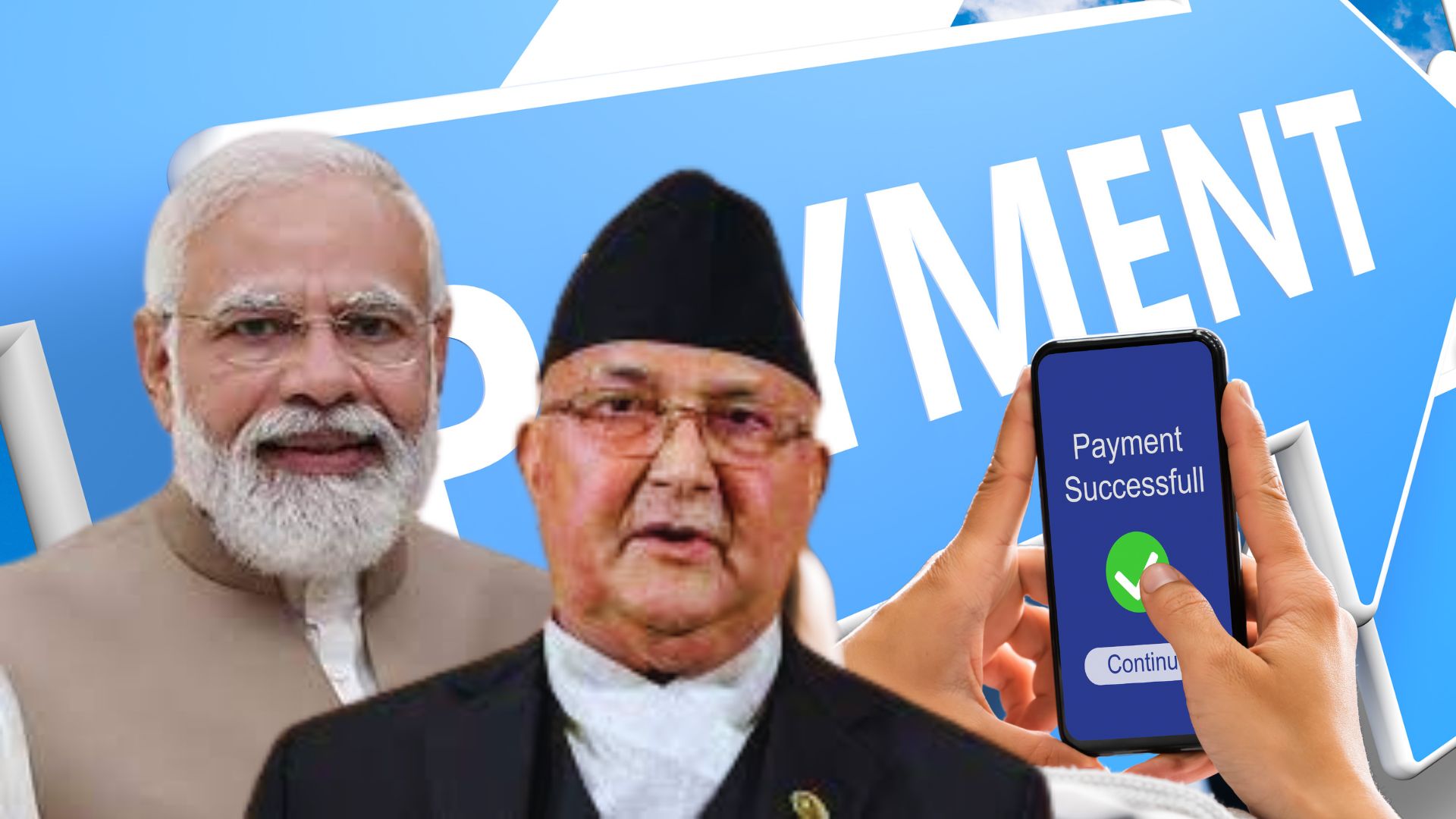On Saturday, Nepal’s Ambassador to India, Shankar Sharma, expressed appreciation for the Reserve Bank of India’s new guidelines, anticipating that they will enhance the financial connectivity between India and Nepal, fostering even greater prosperity.
He mentioned that Nepali citizens can now send up to Rs 2 lakh per transaction to Nepal, while walk-in customers can remit Rs 50,000 per transaction. Additionally, he highlighted that the upcoming Unified Payment Interface-Nepal Clearing House Ltd will further alleviate the inconvenience of carrying cash. “RBI’s updated regulation allows Nepali account holders to send Rs 2 lakhs per transaction (without any limit) to. Walk-in customers can remit Rs. 50,000 per transaction (12 per yr). The soon-to-be-inaugurated UPI/NCHL mechanism will eliminate inconvenience of carrying cash,” Sharma posted on X on Saturday.
Past Collaborations for India-Nepal Digital Payment Gateway
In December last year, Naveen Srivastava, the Indian Ambassador to Nepal, announced the anticipated launch of a digital payment gateway between India and Nepal. The first phase is slated to commence by the end of February 2024.
In June 2023, NPCI International Payments Limited (NIPL) and Nepal Clearing House Limited (NCHL) collaborated to facilitate cross-border digital payments between the two countries. This collaboration integrated India’s Unified Payments Interface (UPI) and Nepal’s National Payments Interface (NPI).
During the visit of Nepal PM Pushpa Kamal Dahal to India, an MoU was exchanged between NIPL and NCHL. This agreement aims to establish cross-border financial transaction connectivity to facilitate fund transfers and merchant payments between the two nations.
Initially, the focus was on inward and outward transfers between banks in India and Nepal. This involves integrating India’s UPI and Nepal’s NPI to enable existing instruments for cross-border transactions, with future plans to extend this to other merchant payments.
Nepal Clearing House Limited (NCHL), designated by the Nepal government, receives 10 percent investment from Nepal Rashtra Bank (the Central Bank of Nepal) and 90 percent from various commercial banks.























